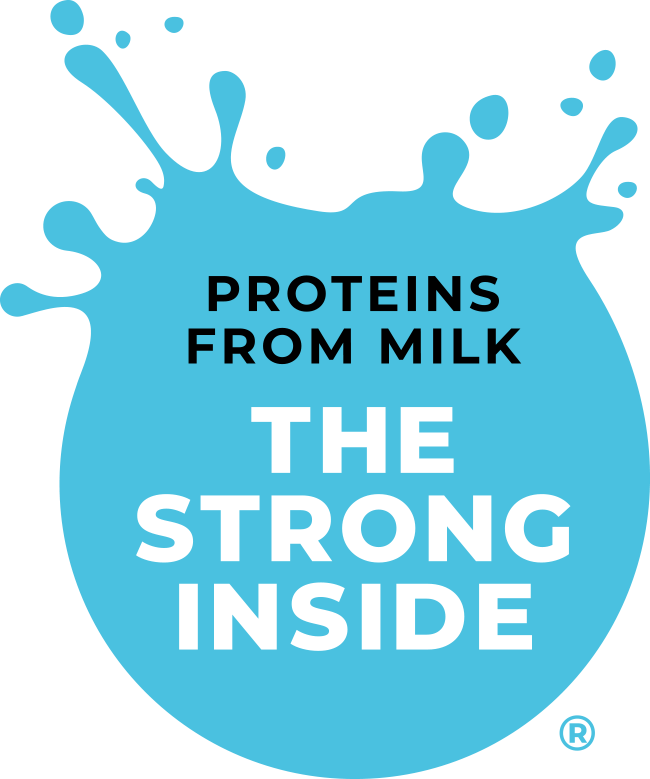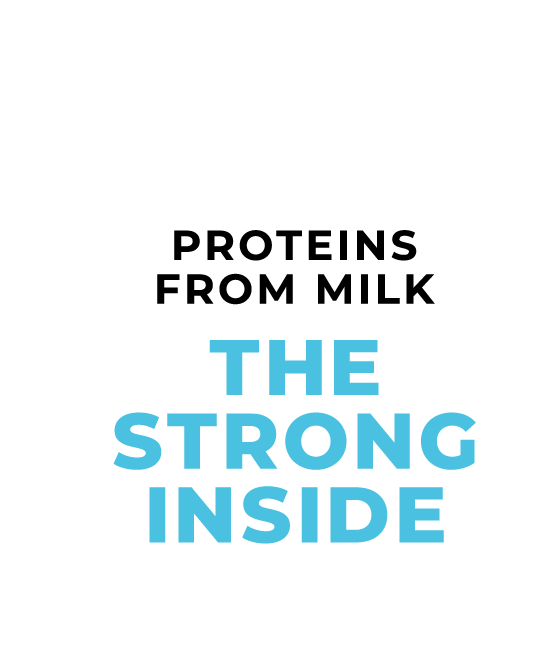Whether you just finished playing basketball, jogging, lifting weights or even just going for a walk, whey and other proteins from milk are the perfect workout partner. The nutrients found in proteins from milk may help repair and rebuild muscles, maximizing the benefits of exercise. And supplementing with whey protein during endurance sports reduces fatigue and muscle soreness.3
• Proteins from milk support an active lifestyle for all individuals, and help recovery after exercise.4
• Proteins from milk support workout recovery, and both recreational exercisers and athletes can benefit from supplementation.5
So, as you reach out for that protein bar or drink, read the label to make sure it contains high-quality proteins from milk. Not all proteins are created equal or proven to support an active lifestyle!6



